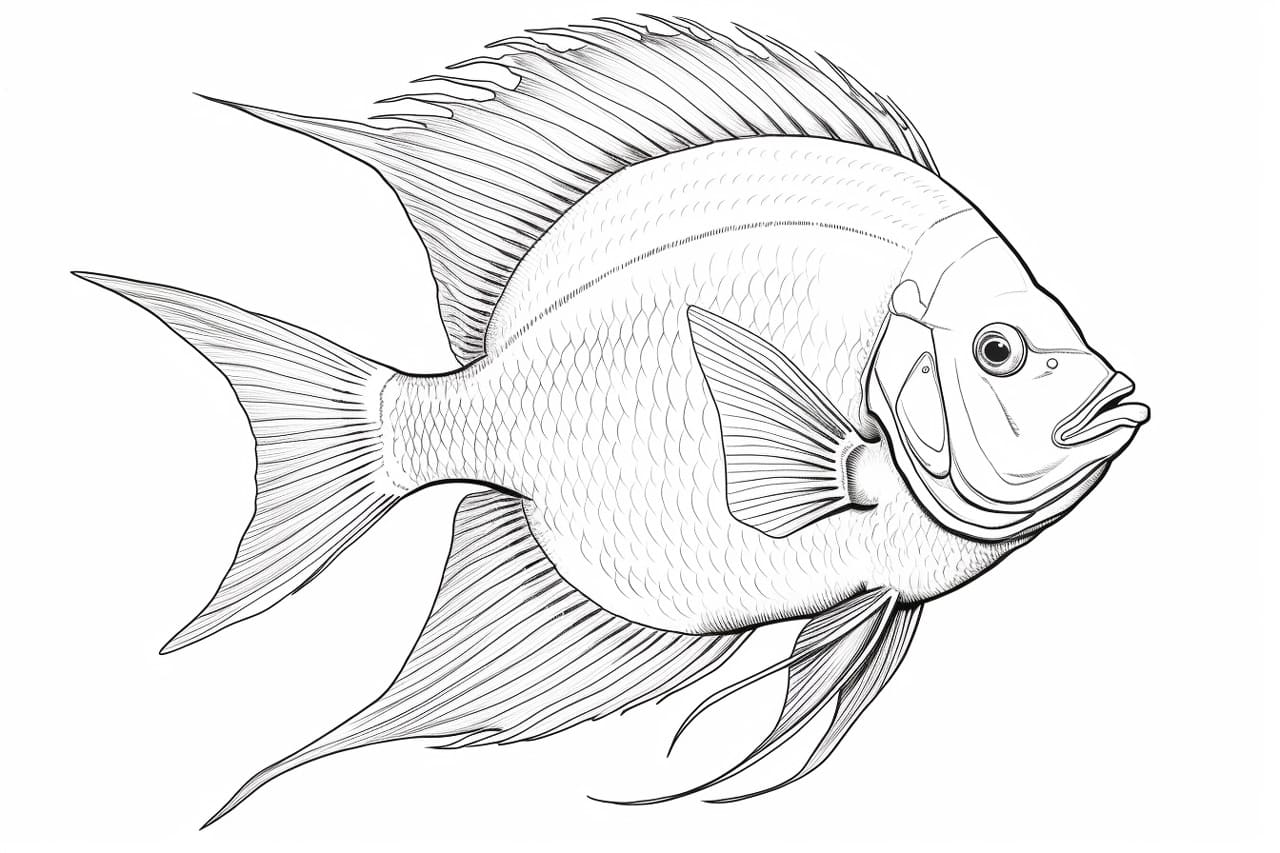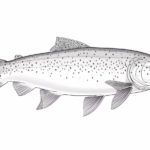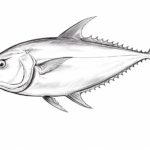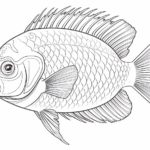Welcome to the world of art, where we can bring to life the graceful beauty of Angelfish through the strokes of our pencils. Angelfish are not just creatures of the sea; they are elegant beings that glide through the water with an almost ethereal presence. In this guide, we will explore the intricacies of drawing Angelfish, capturing their flowing fins and vibrant colors on paper. So, grab your pencils and let’s dive into the mesmerizing world of Angelfish artistry.
Materials Required
To draw an Angelfish, you will need the following materials:
- Drawing paper or sketchbook
- Pencils (preferably a range of graphite pencils for different shades)
- Eraser
- Fine-tip black pen or marker (optional for outlining)
- Colored pencils, markers, or watercolors (optional for adding color)
- Reference image of an Angelfish for guidance
These materials will help you create a detailed and visually appealing drawing of an Angelfish.:
How to Draw an Angelfish: a Step-by-step Guide
Step 1: Gather Your Materials
Begin by gathering all the necessary materials for your angelfish drawing. You will need a pencil, eraser, paper, and your choice of coloring materials such as colored pencils, markers, or watercolors.
Step 2: Start with Basic Shapes
Sketch the basic shapes of the angelfish using simple geometric forms. Start with an elongated oval for the body and a smaller oval for the head. Add a triangle for the tail fin and smaller ovals for the other fins.
Step 3: Refine the Outline
Using the basic shapes as a guide, start refining the outline of the angelfish. Add more detail to the body, head, and fins, making sure to capture the graceful curves and flowing lines that are characteristic of angelfish.
Step 4: Add Details
Now, focus on adding details to your angelfish drawing. Include the intricate patterns and markings that are unique to angelfish, such as stripes or spots. Pay attention to the placement of the eyes, mouth, and gills to bring your angelfish to life.
Step 5: Shade and Texture
Once you have finalized the outline and details, it’s time to add shading and texture to your angelfish drawing. Use light and dark pencil strokes to create depth and dimension, paying attention to how light falls on the fish’s body.
Step 6: Color Your Angelfish
Finally, it’s time to add color to your angelfish drawing. Choose bright and vibrant colors to capture the beauty of these tropical fish. Use your coloring materials to fill in the body, fins, and any other details, blending colors smoothly for a realistic effect.
Step 7: Final Touches
Once you have colored your angelfish, take a step back and assess your drawing. Make any final adjustments or additions to enhance the overall look of your artwork. Add highlights and shadows to make your angelfish drawing pop and stand out.
Step 8: Sign and Display
Sign your angelfish drawing in the corner or along the bottom to complete your artwork. Consider framing your drawing or displaying it in a prominent place to showcase your creativity and artistic talent.
Conclusion
Well done on your beautiful Angelfish drawing! Your attention to detail and use of color really brought it to life. Remember to keep practicing and experimenting with different techniques to continue improving your skills. Your dedication and passion for art are truly inspiring. Keep up the great work and never stop creating!
Fun Facts About Angelfish
- Angelfish are known for their distinctive shape, with long, triangular bodies and elongated fins.
- They are named “Angelfish” due to their graceful, almost angelic appearance as they glide through the water.
- Angelfish are native to the Amazon River basin in South America, where they can be found in slow-moving rivers, streams, and flooded areas.
- These fish are popular in the aquarium trade due to their striking colors and patterns, which can vary greatly depending on the species.
- Angelfish are known to be quite territorial and may become aggressive towards other fish, especially during breeding season.
- They are omnivores, feeding on a diet of small fish, insects, algae, and other plant matter.
- Angelfish are known for their interesting breeding behavior, with pairs forming long-term bonds and working together to care for their eggs and fry.
- There are several different species of Angelfish, including the popular Pterophyllum scalare, which is known for its tall, narrow body and long, flowing fins.
- Angelfish are sensitive to changes in water quality, so it is important to maintain a clean and stable aquarium environment for them to thrive.
- In the wild, Angelfish can live for up to 10 years, while in captivity they can live even longer with proper care and attention.
Suggestions for Scenes and Settings for Angelfish Drawings
Certainly! Here are some specific suggestions for scenes and settings for drawings of Angelfish:
- Underwater coral reef: Create a vibrant and colorful scene with Angelfish swimming among coral formations, sea anemones, and other marine life.
- Sunken shipwreck: Depict Angelfish exploring a mysterious and atmospheric shipwreck, with rays of sunlight filtering through the water.
- Kelp forest: Show Angelfish navigating through tall kelp plants, with beams of light creating a magical underwater ambiance.
- Tropical lagoon: Illustrate Angelfish swimming in crystal clear waters of a tropical lagoon, surrounded by palm trees and sandy beaches.
- Deep sea abyss: Imagine Angelfish in the dark depths of the ocean, surrounded by bioluminescent creatures and eerie underwater landscapes.
- Aquarium setting: Capture the beauty of Angelfish in a peaceful aquarium environment with colorful decorations and plants.
- Underwater cave: Show Angelfish exploring a mysterious underwater cave, with twisting rock formations and hidden crevices.
- Mangrove forest: Illustrate Angelfish swimming through the intricate roots of mangrove trees, showcasing their unique habitat.
- Coastal tide pool: Depict Angelfish in a shallow tide pool, with rocks, shells, and seaweed creating a natural and serene setting.
- Underwater garden: Create a whimsical scene with Angelfish swimming among blooming underwater flowers and floating petals.
These suggestions can inspire a variety of creative and visually engaging drawings of Angelfish in different settings.









